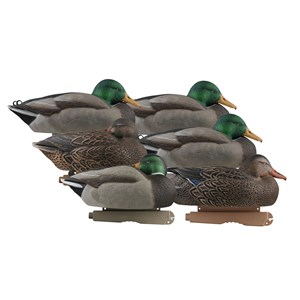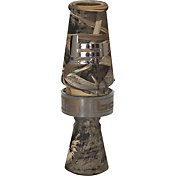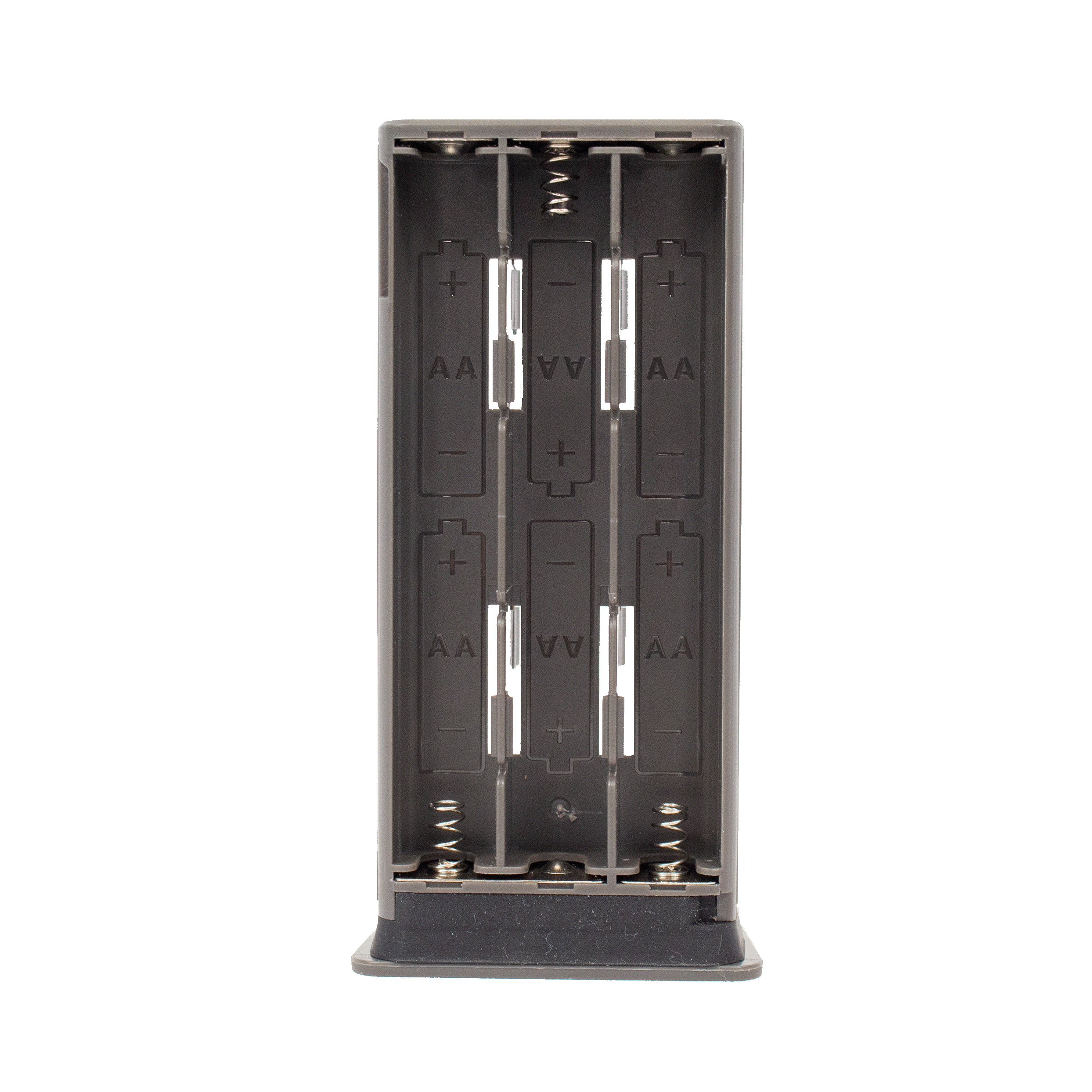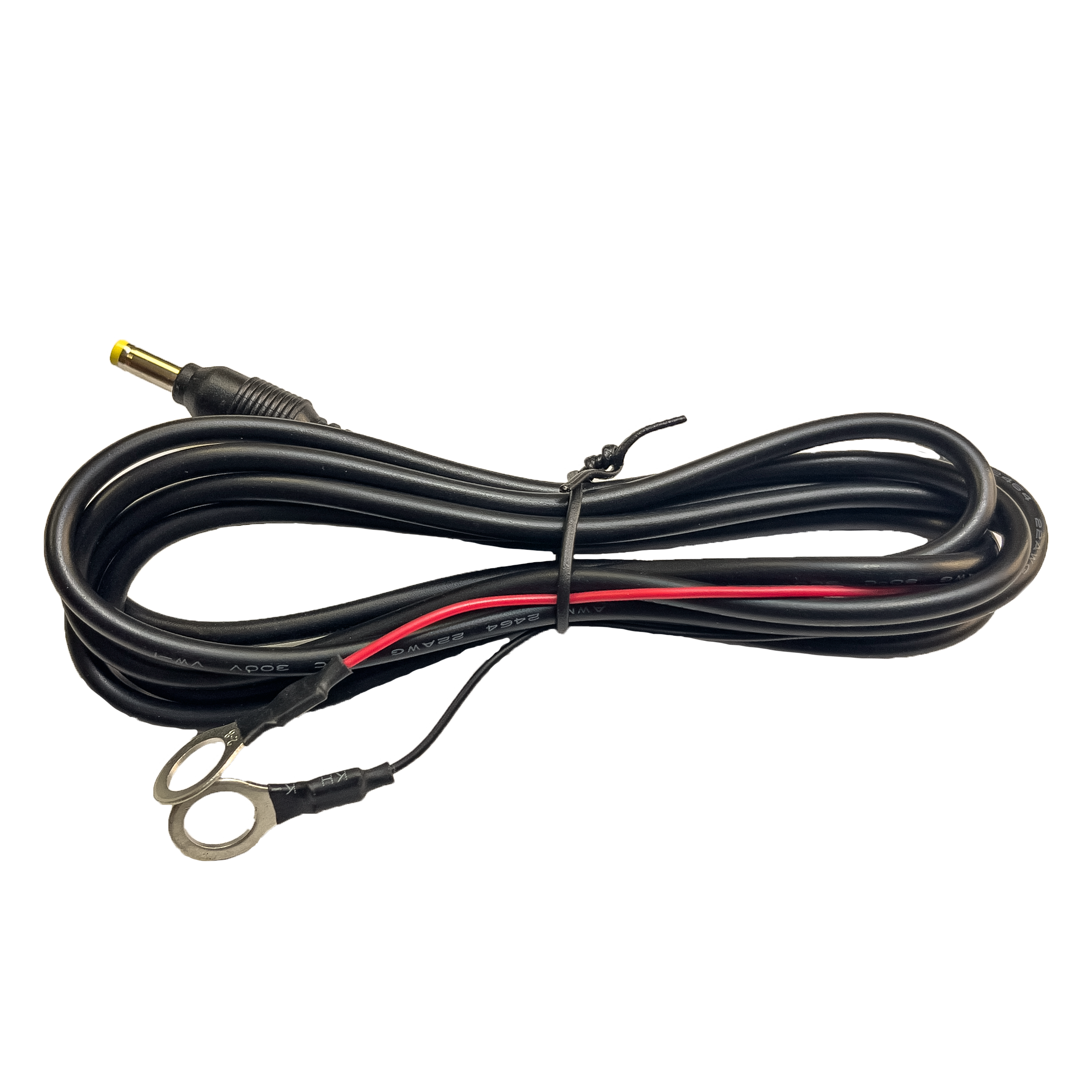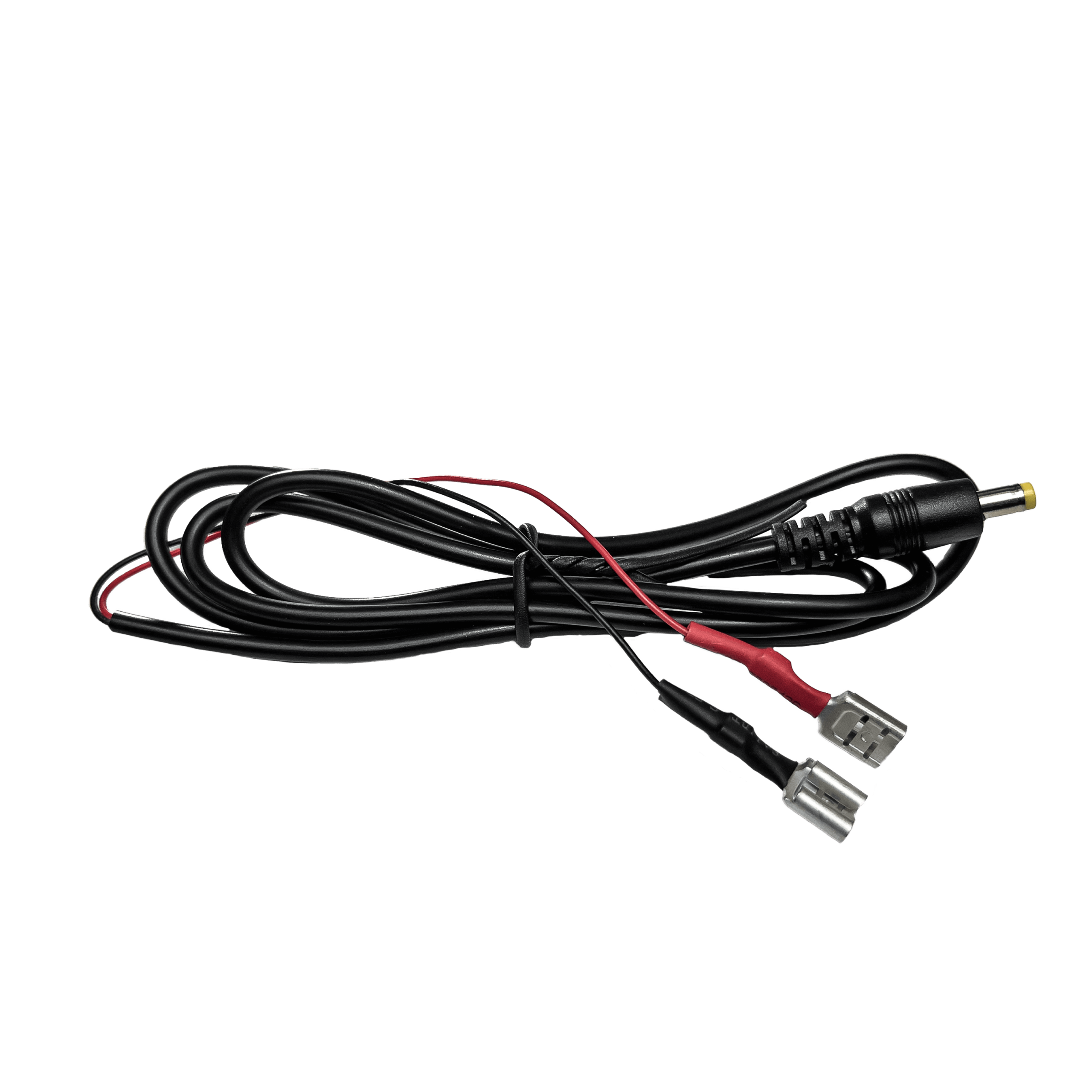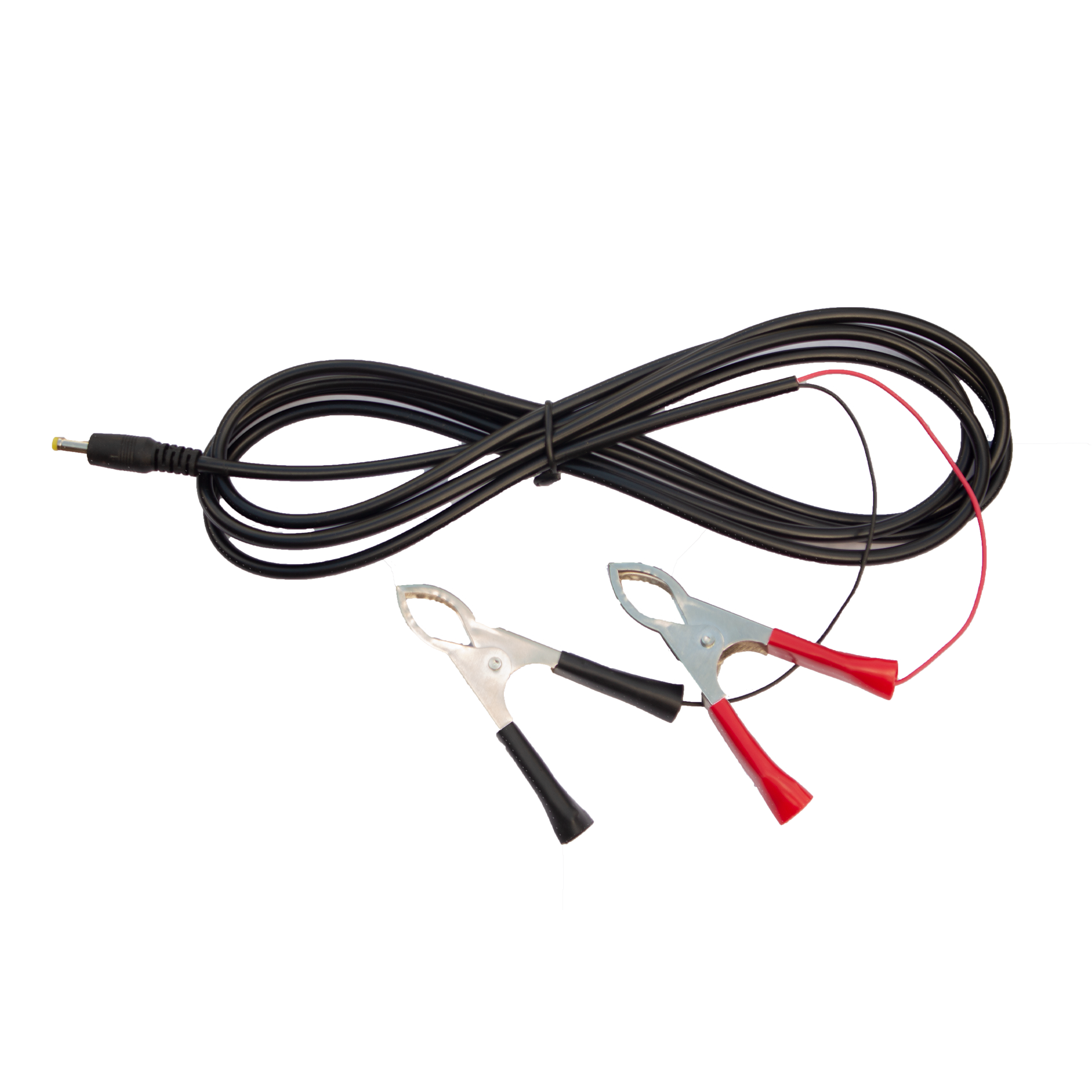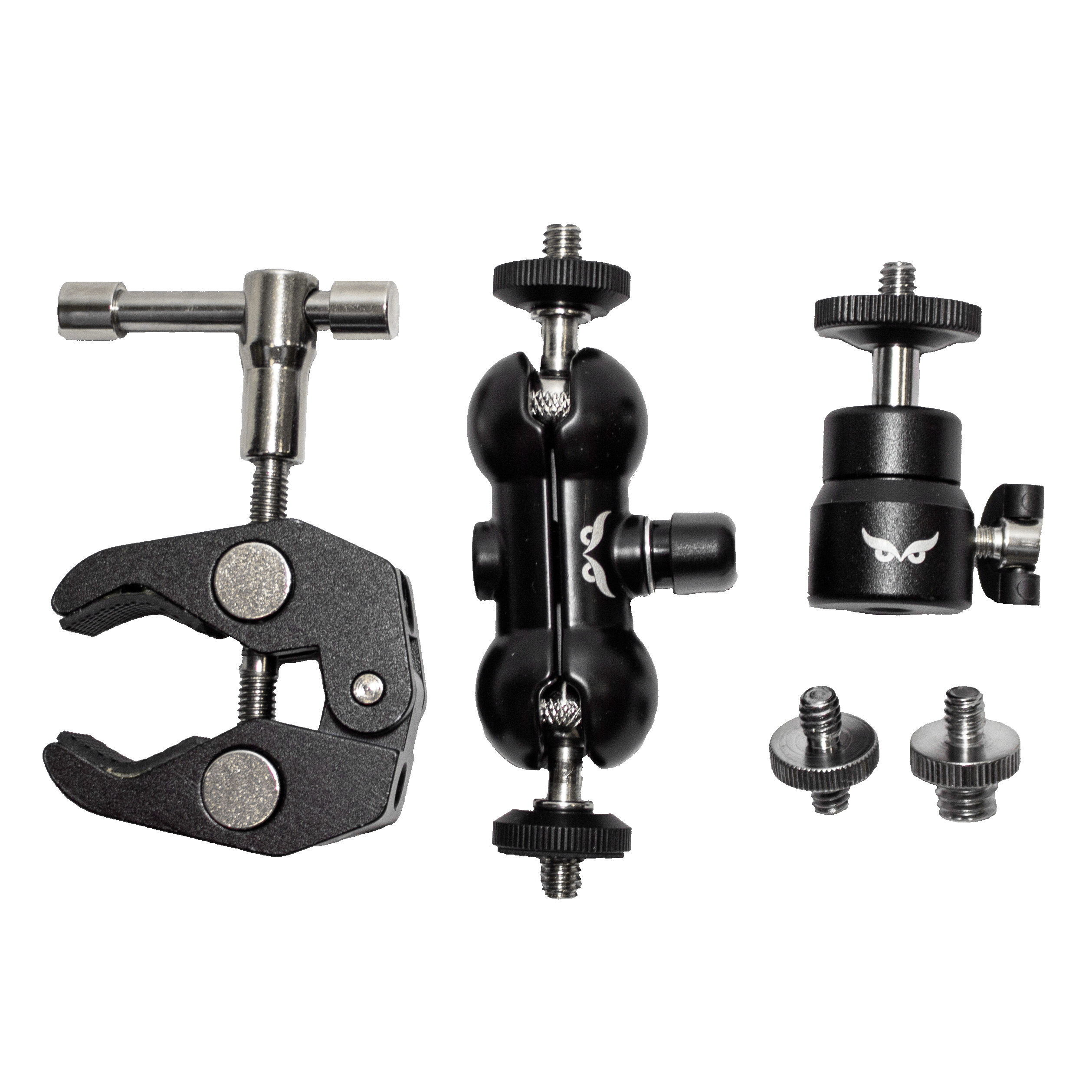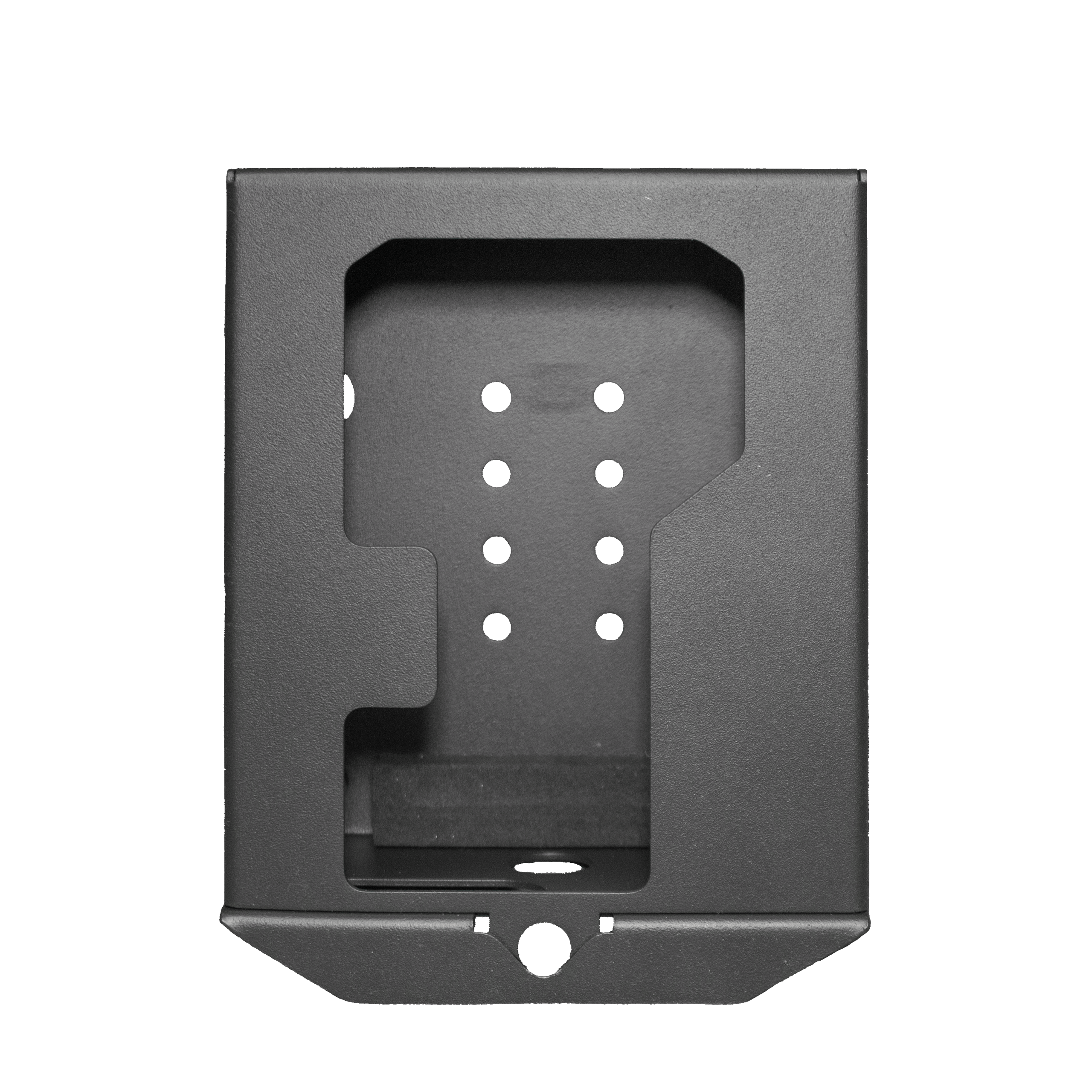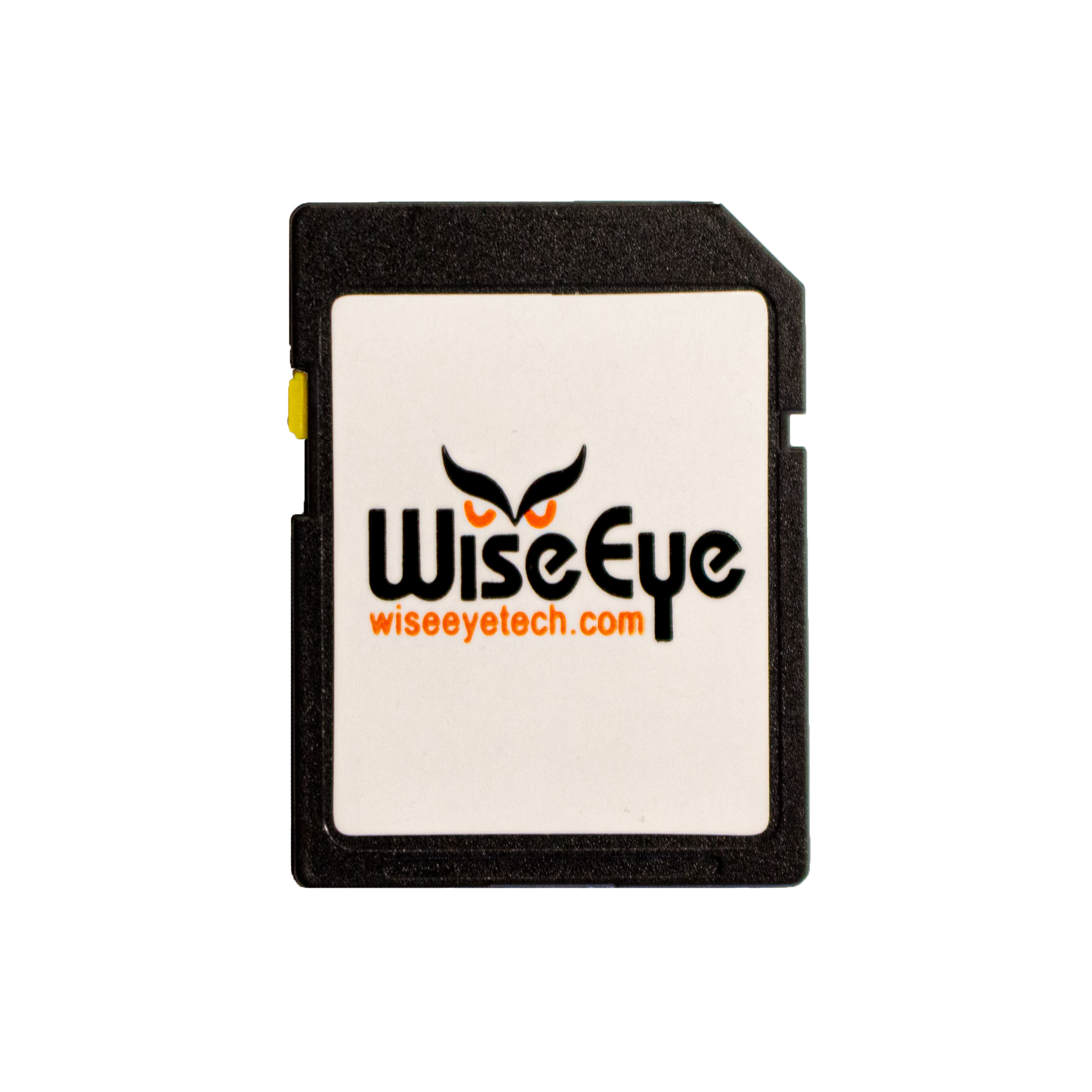The ABC’s of Duck Hunting – Start Duck Hunting This Year – Part 2
Whether you are a seasoned duck hunter or a complete newbie, the following pages will provide an in-depth look at all facets of duck hunting and start duck hunting this year. The goal of this article is to enable you to hunt ducks more effectively while providing easy-to-digest information. Here, the complete ABC’s of duck hunting Part 2 will be presented (Part 1 can be located here).
How to Time your Hunt
What is the best time to hunt? For many hunters with strict family and work schedules, the answer is simple: hunt whenever you are able.
However, in a perfect world where hunters can time their outings, there are certain things to keep in mind. For instance, ducks are most active during the early morning hours. It is during this time that they move from roosting areas to find food. They are also active in the late evenings, when they return to their roosts for the night. For these reasons, the half hour before sunrise and for 1 – 2 hours afterwards provides good opportunities, as well as during the final hour of daylight. Keep in mind you should always check the legal hours for duck hunting in your area.
Keeping track of the weather is also important. Ducks are active on days that are cold or windy, and also when there is a significant change in weather conditions. If the weather is unseasonably warm, they are less likely to be active, as well as when there is a light breeze. Abrupt changes in weather also trigger migration, which can bring new birds that are less aware of the hunting patterns into your camp. Following these patterns closely, as knowing when a stiff northwest wind is on the horizon can lead to a very successful day in the field.
Tips for Decoying and Calling Ducks
There are many tactics for enticing ducks to come your way. Decoying is one of the most popular methods, but there are plenty of other ways to kill ducks, as well. There are three general types of duck hunters: jump-shooting, pass-shooting, and decoy hunting.
A jump-shooting hunter is one that sneaks up on ducks as shoots them as they flush. Jump-shooting can occur on foot, while wading through a creek, or from a boat. This method is useful for hunting puddle ducks mid-day, and is the purest manner for duck hunting. As a word of caution: when jump-shooting with a dog, hunters should avoid shooting such that the bird drops into thick shoreline cover, as the retrieve will be difficult. It is also important to respect property boundaries. For instance, hunting is often legal on waterways, but the shoreline is typically private.
Pass-shooting is a controversial method, as people who pass shoot sometimes do so out of range. Here, the idea is to find the areas which birds fly through (but don’t land in) and hide within shooting range. For ethical pass-shooting, shots should be limited to an effective range of 40 yards or less. Examples of areas for pass-shooting include creek corridors and high spots between prairie pothole lakes.
Decoy hunting is the most traditional method for duck hunting. Here, ducks are attracted to duck decoys within a
concealed setup in an area ducks would want to land. Decoy hunters are able to be more mobile, as they can hunt from shorelines, while wading, or from a boat.
Success with this method is easy. Hunters simply must identify areas where ducks like to be, and find cover nearby. Keeping track of the wind direction is important, since ducks land and take off into the wind. The sun should also be at the hunters back. The decoys should mimic real ducks, and hunters should position themselves to one side of the spread, as they should not be directly in the line of the duck’s sight.
How should you go about setting out decoys? There are many tips to follow:
Your decoy quarry will depend on the type of ducks you are hunting. If you are hunting puddle ducks or most divers, mallard decoys will suffice. During teal season, hunters should use Bluewing or Greenwing Teal decoys. If hunting in the prairies, consider pintail or wigeon decoys. The goal is to make your spread as attractive to your game bird of choice as possible. When hunting in the field, Canada goose decoys can be used for all types of puddle ducks. For diving ducks, use bluebill or canvasback decoys. Goldeneye and bufflehead ducks prefer their own species, so hunters should use whistler or bufflehead decoys if hunting these birds.
Next, the number of birds in your decoy spread matters as well – and is dependent on your location and hunting scenario. For instance, if you are hunting on a small pond, 6 – 8 decoys are appropriate. The main goal in decoying is to make the space appear inviting to any ducks that are passing by. Another limiting factor is how many decoys you can transport, especially if you are traveling in a small boat. In most instances, 24 decoys is an appropriate number, as it will catch the eye of a passing duck without looking abnormally large.
Of course, larger expanses of open water or fields will require larger spreads. In these areas, up to 72 decoys may be appropriate. In some instances, up to 200 decoys can be used, such as when hunting diving ducks on big water. In the appropriate setting, a large number of decoys can trick ducks into believing there is safety in numbers. In a field, a large spread of geese could entice a mallard to take a second look and stop by in search of food. In general, the location of your blind is more important than your decoys, so in a well-chosen area, fewer decoys can still be effective.
Another consideration is the shape and pattern of your spread. The way that your decoys are positioned will affect where the ducks will land and if they feel comfortable touching ground. Puddle ducks typically prefer to land in the openings between decoys (called holes) and will rarely fly low over the decoys. Therefore, areas should be kept open to encourage Puddlers to land. Typical patterns include a loose group of a limited number of decoys, 2 – 3 distinct groups with an open landing area in between, or a J or U shaped spread. For spreads of puddle ducks, duck-butt decoys should be incorporated to make the area appear inviting to hungry birds.
Diving ducks, on the other hand, fly over other ducks when approaching, so a diving duck spread should have a large group of decoys upwind with a tail extending downwind, similar to a runway. A J-shaped spread is ideal, as well as spreads of multiple lines with 1 – 2 strings downwind. Don’t forget to leave plenty of room for ducks to land. If birds are hesitant to land, open a larger landing hole.
The final important consideration is motion. Spinning wing decoys are popular, as the motion can be enticing. Look for a model that has a remote-controlled switch to turn off the spinning wings as the ducks get close for landing. During calm conditions, mechanized feeders, swimming decoys, and jerk-string rigs are also useful.
Purchasing decoys is easier than ever, thanks to the number of inexpensive decoys on the market that are realistic. Unlike decoys from the past, modern decoys are lightweight and float well in water. Standing decoys are more costly, but are invaluable for the realism they add to the field. Ultimately, there is a decoy on the market that can fit any hunter’s needs.
To rig a spread of decoys, each fake needs a line that is connected to a weight, both of which are readily available in hunting and sporting goods stores. If each decoy is individually rigged, nylon decoy line works well, while tarred line lasts for a long time. Allow yourself plenty of line, as slack will ensure the decoy can securely hit bottom and dig in when the wind pulls the rigging line taut. Slack also allows for more natural movement. A general rule of thumb is to give yourself 50 – 75% more line than the depth of the water.
There are numerous styles of decoy weights. These include sinkers, mushroom anchors, scoop weights, and grapple-hook anchors. For small water, any style is suitable. When hunting in sand or big water, use a scoop or grapple hook.
Texas-rigging describes a style where decoys are fitted with high-test fishing line and are secured together with a carabiner. This method saves hunters time and prevents tangling. Individual weights are placed on the decoy leaders before the entire spread is deployed.
Another method is to use multiple decoy lines. This method works well for hunting diving ducks simply because of the large numbers in the spreads. A leader of decoy line attaches to a mother line with a lobster or snap clip. Then, hunters use heavy weights on each end of the mother line before dragging it into place.
Mastering the Bird Call
While decoys attract ducks, calling adds another level of realism. Mimicking duck vocalizations allows hunters to create
the illusion that multiple ducks have found your area enticing, safe, and full of food, leading other ducks to want to join the party.
The most popular duck call is that of a mallard, since that is the most common duck. These calls have a tube configuration with a mouthpiece and 1 – 2 reeds. Properly using a call is an art, and requires huffing air from the diaphragm, as opposed to simply blowing on the call.
To make a quacking sound with a duck call, you should first grunt or hum “huuut” into your call. Use your tongue to modulate the flow of air at the beginning and end of your call. The last note of your call (the “t” in “huut”) should end with your tongue pressed against your palate, similar to if you were saying the word “ten.”
After you have mastered the quack, next is the highball, also called the hail call. This call requires a series of high-pitched quack-like notes. To make each call distinct, you must press your tongue to your palate multime times.
When ducks feed on water, they make a distinct sound, similar to a chuckle. To mimic this sound, grunt into your call while mouthing “ticka, ticka, ticka” in an uneven cadene.
To get the attention of a distant flock, utilize a hail-call, which is a 5 – 7 note greeting. Longer calls can be used, but their only real utility is in case only a few notes from the call can be heard. If the hail-call gets the flock’s attention, switch to quacks or chuckles. Alternatively, hail-calls might be best depending on the flock, so it is important to experiment and find out what works best for you.
If ducks pass your decoys, use a comeback call which is an urgent sounding of “quack quack quack” 5 – 7 times. Always give the comeback call when the birds are on the corners of your blind and spread, before they get out of range. Avoid calling at ducks as they are flying directly over or towards your spread.
For Teal, Wigeon, and Pintails, whistle calls are ideal, as well as Gadwall calls. If working with mixed flocks, use these in addition to mallard calls. Ultimately, remember that less is more, so if ducks are coming in, put down the call.
Ultimately, in order to be as realistic as possible you should spend time listening to birds. The goal should be to mimic the duck, not a competition caller.
How to Hide: The Basics of Concealment
Another important aspect of duck hunting is concealing yourself from the sight of birds. This point is critical, as ducks will not come in if they can see people or dogs.
The most traditional way to conceal yourself is with a duck blind made from wood or other materials. This method is useful on shorelines or in marshes and rice fields. The blind should be low enough to the ground that it does not stand out from an aerial perspective. Boat blinds are useful on lakes, open water, and in marshes.
When hunting diving ducks, a low-profile layout boat can be used. These special boats eliminate the hunter’s silhouette when viewed above the water and allow for hiding among the decoys. Pit blinds are another specialty, which are comfortable and spacious and best for the fields.
However, in some instances a blind is not an option. In this case, hunters should hide in natural cover, such as bulrush, timber, rice, prairie grass, and cattails. Indeed, this method works best as it is completely natural. Avoid disturbing the vegetation, which will look unnatural when viewed from above. When hunting in fields or in sloughs, layout blinds may also be necessary. If using a commercial blind, it is important to match your camo to the field. Regardless of using a commercial blind or natural cover, you should wear appropriate camo and don a facemask or face paint.
Duck Hunting Equipment
Waterfowl hunting can require a lot of gear, depending on weather and hunting scenario. Here, everything you need for different situations will be discussed.
What all does duck hunting entail? We have already discussed decoys and calls, as well as where to hunt which sometimes involves watercrafts and specialized blinds. If using a boat, you should match your boat to your hunting style and area. A skiff or canoe is perfect for streams and marshes while a motorized boat is necessary for big, open water. Jon boats are popular for backwater and marsh hunting. When in doubt, ask around what is best for hunting in your favorite area.
Apparel is also important. Depending on region and game, duck hunters can experience balmy weather to downright miserable conditions. Remember: there is no such thing as bad weather, just bad gear. If you are hunting streams, marshes, or sloughs you will want a high-quality pair of chest waders or hip boots. If you are hunting in the early season you will want a pair of waders that are breathable for maximum comfort. For late-season hunting, look for insulated or neoprene versions.
The same principles should be followed for your general clothing. Recent innovations in material technology have provided breathable materials that wick sweat on warm days while providing insulation on cold days. A couple quality items that keep you comfortable during a long day are well worth the investment. When the weather is warm opt for light-colored, breathable clothes. However, as the temperature drops it is important to dress in layers. The first layer should be moisture wicking. Avoid cotton, as it will cause you to chill if you sweat throughout the day. Wool socks, fleece pants, and a wind / waterproof shell are all necessary items. Don’t forget to have camo on your outer layers.
An often overlooked item is heavy duty waterproof gloves. Look for gloves that do not hinder your ability to handle your gun. Hats and facemasks can also drastically improve your comfort level on cold days in the field.
Guns and Ammo
What type of shotgun is best for shooting ducks? In reality, any 12- or 20-gauge shotgun will suffice as long it can be used in bad conditions, such as rain, wind, snow, or sleet. While personal preferences vary, many hunters use semi-automatic guns with synthetic stocks and fore-ends that feature baked-on camouflage which provides rust protection and concealment. Pump guns are also popular, as they never fail to eject and load shells. Another option is a simple double-barreled gun.
The shells that you choose to go with your gun are important. When hunting for table fare, non toxic shot must be used. Options include steel and tungsten among others. New hunters should practice with different materials and chokes on a patterning board to find the best option for their needs. Steel and tungsten typically require open chokes, and aftermarket chokes can be purchased to improve patterning.
Pellet sizes for duck hunting include No. 4 to BB and Nos. 2 and 3. However, density of the load is important for performance. Hunters should do plenty of research into the performance levels of different shot before committing to a purchase. Be sure to use the shotgun choke tube that will obtain the best pattern from your gun.
Many duck hunters prefer 1 ⅛ – 1 ⅜ ounce loads; but, again this is personal preference.
Tips for Shooting Ducks
There are many ways to learn how to shoot ducks, such as reading books or attending seminars. In reality, shooting ducks is challenging, and the best way to improve your shooting skills is to simply practice. Taking regular trips to the trap field, clays course, or skeet range will all help you improve your skills, as each locale improves different aspects of your shooting game. For instance, skeet shooting requires hard crossing shots and a good follow through. Trap shooting depends on straight-away shots and quartering angles. Sporting clays works on teal-like targets and shooting through trees. You can never have too much practice, especially since ducks are known for their acrobatic flight patterns.
To kill ducks efficiently, you should beware that some ducks will hit the water alive. Even mortally wounded ducks can escape. Be prepared to finish the duck on the water, even if it costs extra shells. If a wounded bird shows signs of life, especially a diver, it is best to shoot twice.
Dogs for Duck Hunting
Perhaps the best aspect of duck hunting is the retriever. After you have downed a bird, a well-trained retriever will swim through any type of conditions to locate the bird and bring it back to your hand, come hell or high-water. They use their natural drive for birds, extensive training, and impressive nose to complete this task. Without a dog, many birds would be lost each season.
The best duck dogs are Labrador Retrievers, Golden Retrievers, Chesapeake Bay Retrievers, Water Spaniels, and Flat-Coat Retrievers, among others. Dogs intended for hunting should be purchased from reputable breeders that can prove their
breeding stock has hunt-test or field-trial achievements. Started dogs can also be purchased, which are adolescent dogs that have already been started in their training. Depending on your situation, it isn’t necessary to spend thousands on a started pup, though. Local breeders or shelters can also provide dogs that will suffice in certain instances. The most important aspect is to have a dog that meshes well with your personality and is willing to learn.
Training a duck dog can be a lengthy process, and there are many resources available in the form of books and DVDs that cover all aspects of training. Be consistent with your training and understand that all dogs are individuals with different learning needs and capabilities. Consult with experts when you are struggling, and don’t be afraid to take things slowly, going backwards as needed. Spend as much time with your duck dog as possible, and don’t be afraid to send your dog to an expert if you are struggling with the dog training process.
How to Cook Ducks
Arguably the best part of the hunt is having a chance to cook, eat, and share your bird with others. Most ducks make for good eating, and hunters should remember that a duck’s worth on the table is dependent on its diet. For instance, all puddle ducks (except the shoveler) have a superior taste. Diving ducks are less prized for their taste, with canvasbacks being the exception. To improve the taste of redheads, bluebills, and ringbills, you should remove all the fat from the bird and brine them in salt water for a couple days, being sure to change the water frequently. This technique can also be successfully used with buffleheads, goldeneyes, shovelers, and ruddies, in addition to marinating them or simply using them in stews.
Since duck meat is generally lean, it can also be dried easily. Other cooking methods include grilling, roasting, or pan-frying. Ducks should be cooked hot and fast, and never beyond a temperature of medium-rare.
